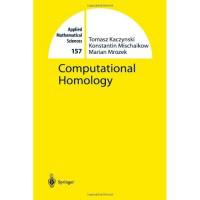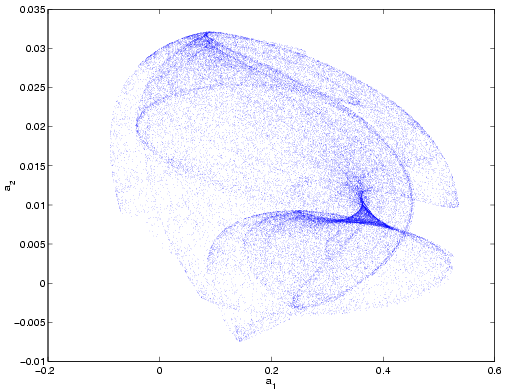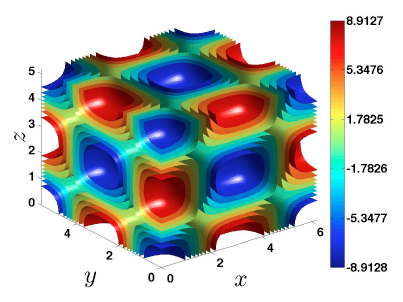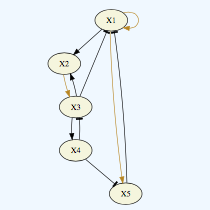We are developing a mathematical framework for the identification, characterization, and classification of dynamics of networks given minimal quantitative information. Researchers currently mine large data sets and use statistics to determine correlations and suggest causation. The results are often recorded as a network where nodes represent ‘agents’ and edges indicate ‘information’ transfer leading to activation or repression. What this ‘information’ is or how it is transmitted is often poorly understood. Typically the physical mechanisms leading to activation or repression are not known. Yet, characterizing or controlling the dynamics of these networks is essential. Our immediate motivation arises from the analysis of the dynamics of signal transduction/gene regulatory networks, where the agents are proteins, genes, mRNA, etc., and the edges are related to bio-chemical reactions, transport, etc. Understanding the associated dynamics is at the heart of systems biology and essential for scientific hypotheses regarding genetic/proteomic function, which could one day be used to suggest drug targets or treatment options which either repair or disrupt biologically relevant dynamical behaviors. However, since our focus is on the mathematical and computational challenges, the resulting techniques will be broadly applicable, including ecology, social networks, economics, communication systems, etc. The principal methodology of this project is to produce databases of "Dynamic Signatures": massive databases that link network structures with a combinatorial/algebraic topological description of experimentally observable global dynamics over all of parameter space. |





